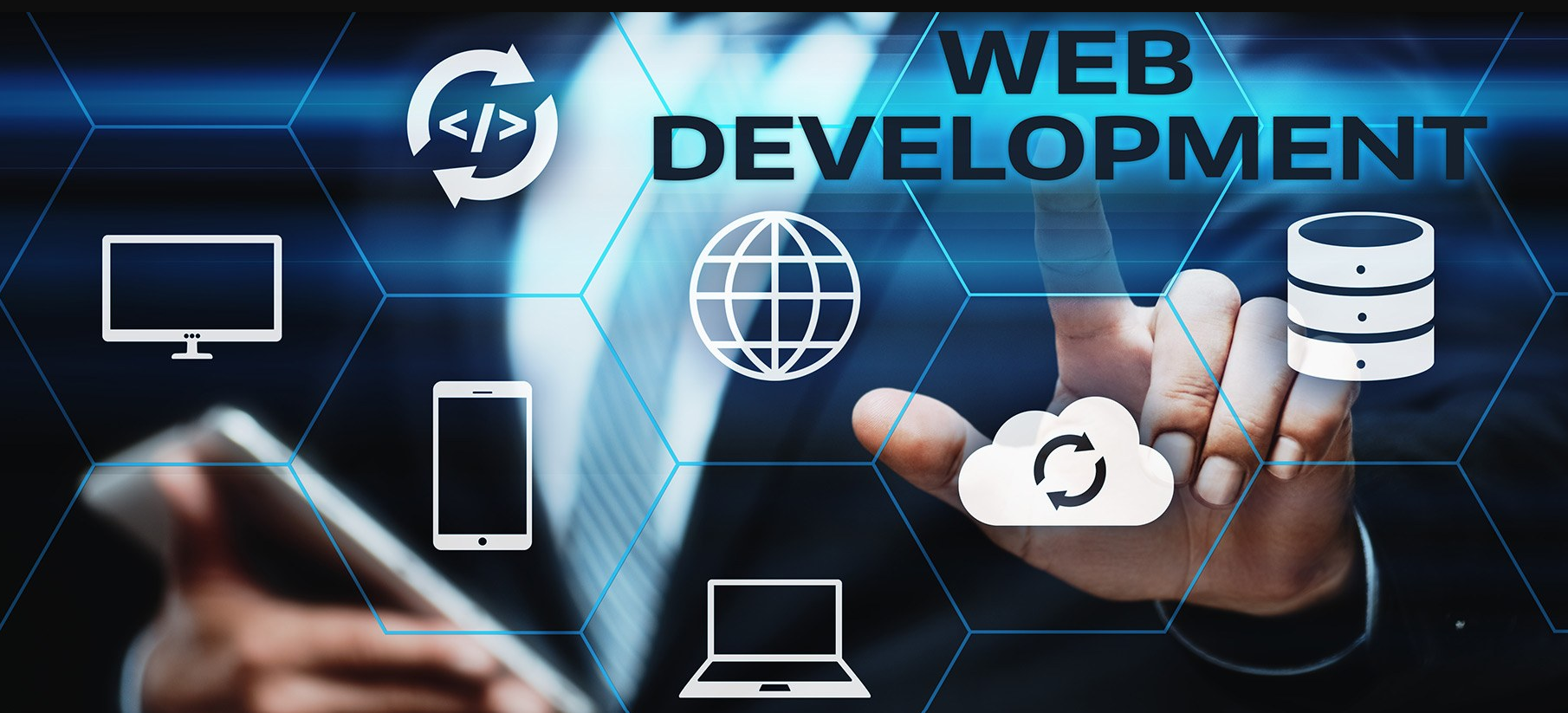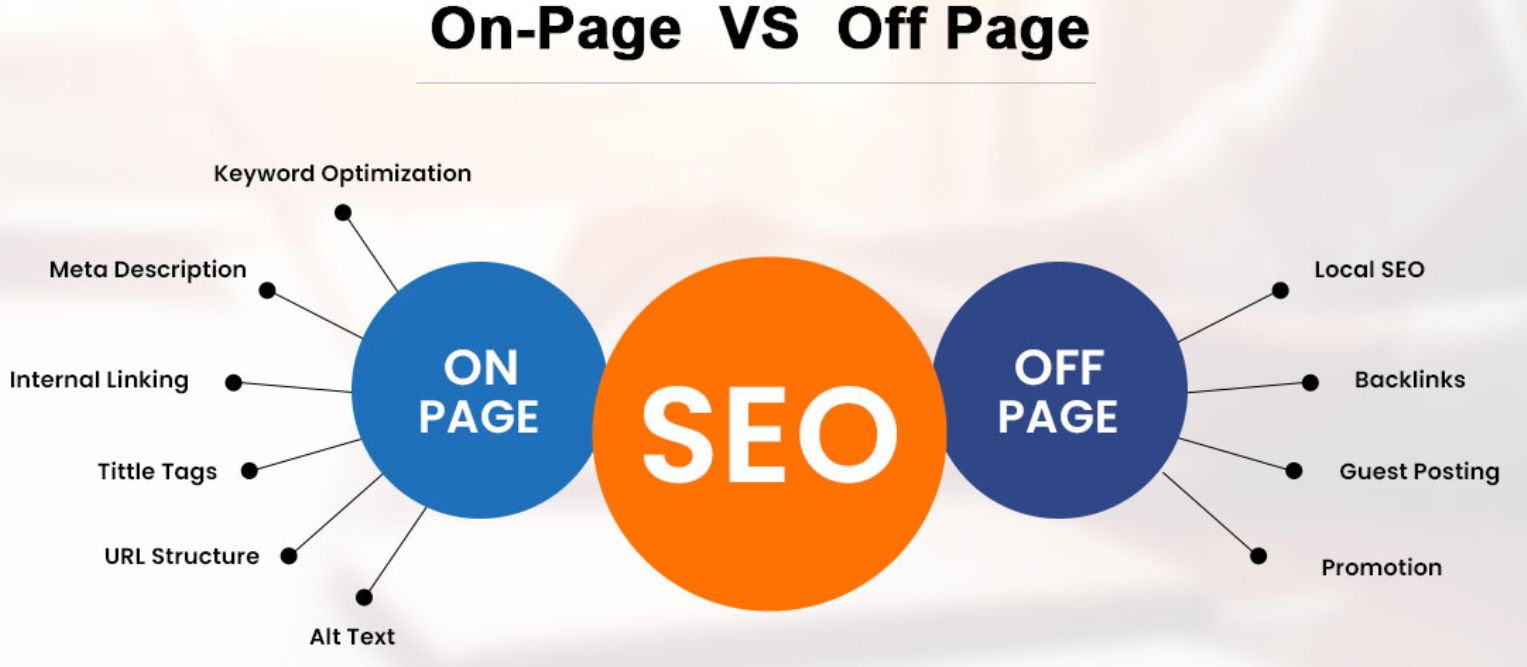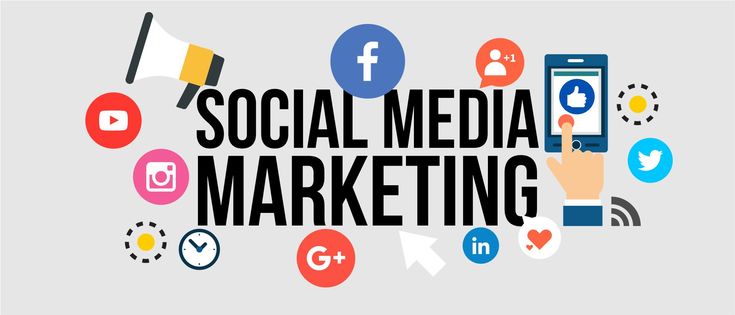Smart Web Development Trends Start with Ravens Digital
By the time you’ve landed here, you already understand that web development trends matter. You know that mobile-first design, AI integration, fast-loading pages, and modern frameworks aren’t just buzzwords—they directly influence how customers engage with your business online.
The question is no longer “Should I follow web development trends?” The real question at this stage is:
👉 “How do I implement them effectively, without wasting time, money, or opportunities?”
That’s where decision-making gets serious. At this point, you’re likely weighing options:
- Should you try to implement these trends in-house?
- Should you hire freelancers?
- Or is it better to partner with a specialized web development agency like Ravens Digital?
This article will help you make that decision with confidence. We’ll explore the real-world challenges of implementation, the risks of DIY approaches, the advantages of working with experts, and how Ravens Digital can help you adopt web development trends in a way that drives measurable business results.
The Reality Check: Why Implementing Web Development Trends Is Harder Than It Looks
On the surface, implementing new web trends sounds simple. You’ve read about progressive web apps (PWAs), responsive design, or AI-driven personalization. You may even have developers on staff who can code. A significant chasm separates theoretical knowledge from its flawless practical application.
Here are the most common challenges businesses face when attempting trend implementation on their own:
1. Technical Complexity
Many modern trends—like serverless architecture, AI chatbots, or single-page applications—require advanced coding knowledge and infrastructure. Without specialized skills, mistakes can cause performance issues or security vulnerabilities.
2. Costly Missteps
DIY attempts often lead to rework. For example, launching a mobile-first site without proper optimization might hurt SEO rankings. The cost of post-facto correction frequently exceeds the initial investment of executing a task accurately from the outset.
3. Fragmented Strategy
Businesses often adopt trends piecemeal—adding features without considering how they align with larger goals. This results in fragmented customer journeys and squandered resources.
4. Resource Strain
Your internal team already has full plates. Redirecting their focus towards experimenting with new web trends can hinder productivity and potentially result in burnout.
5. Constant Change
Web development trends evolve rapidly. What works today might not be relevant in two years. Staying updated requires ongoing monitoring and adaptation.

DIY vs. Professional Implementation: A Clear Comparison
When deciding how to move forward, many businesses weigh DIY vs. professional solutions. Let’s break it down:
Factor | DIY / In-House Approach | Partnering With Ravens Digital |
Cost | Appears cheaper upfront but leads to costly fixes later | Transparent pricing, scalable solutions, ROI-focused |
Expertise | Limited to your team’s current skill set | Access to specialists across frameworks, UX, SEO, security, AI |
Speed | Slower due to trial and error | Faster implementation with proven processes |
Scalability | Hard to adapt as needs grow | Future-proof strategies designed to scale |
Quality Assurance | Risk of bugs, missed optimizations | Rigorous testing, cross-device QA, compliance checks |
Strategic Alignment | Often tactical, not strategic | Aligned with business objectives and customer journeys |
Conclusion: While DIY may seem tempting, serious businesses recognize that professional implementation ensures long-term success.
What Implementing Web Development Trends Looks Like With Ravens Digital
At Ravens Digital, we specialize in helping businesses not just “follow” trends, but strategically implement them in ways that deliver growth, performance, and customer satisfaction.
Here’s how we approach implementation:
1. Comprehensive Website Audit & Consultation
Before implementing new features, we evaluate your existing site with a full technical audit.
- Mobile responsiveness
- Page speed and Core Web Vitals
- Security protocols
- SEO alignment
- User experience flow
This baseline allows us to identify exactly which trends will benefit your business most, ensuring you’re not wasting money chasing fads.
2. Strategic Planning Aligned With Your Goals
We don’t implement trends for the sake of “looking modern.” We align every change with your business goals:
- Do you want more conversions?
- Higher rankings?
- Stronger customer loyalty?
Each decision is ROI-driven. For example, if your goal is eCommerce sales, we may prioritize AI personalization and PWA development. If your focus is local visibility, we emphasize mobile-first design and voice search optimization.
3. Implementation by Experts
From coding SPAs with React to integrating AI-powered chatbots, our team handles the heavy lifting. Unlike DIY, there’s no guesswork—just proven processes delivered by seasoned developers and designers.
4. Rigorous Testing & Optimization
Every implementation goes through:
- Cross-device and cross-browser testing
- Speed optimization
- Accessibility compliance (WCAG standards)
- Security hardening
We ensure your site not only looks good but functions flawlessly under real-world conditions.
5. Ongoing Monitoring & Updates
Web development is not “set it and forget it.” Trends evolve, algorithms update, and user expectations shift. We provide ongoing monitoring and optimization to keep your site future-proof.
Case Studies: How Businesses Benefit From Trend Implementation
Case Study 1: Local Business Adopts Mobile-First + Voice Search
A Miami-based law firm partnered with Ravens Digital to modernize its outdated website.
- Challenge: Their old site wasn’t mobile-friendly, and they missed out on local voice searches.
- Solution: We implemented a responsive, mobile-first design and optimized content for voice search.
- Result: Within six months, mobile traffic increased by 70%, and phone inquiries rose by 45%.
Case Study 2: eCommerce Store Implements AI Personalization + PWA
An online clothing retailer needed a faster, smarter shopping experience.
- Challenge: Slow loading times and low conversion rates.
- Solution: We built a Progressive Web App and integrated AI-driven product recommendations.
- Result: Page load speed dropped to under 2 seconds, conversions increased by 32%, and repeat customer purchases grew by 18%.
Case Study 3: Tech Startup Moves to Serverless Architecture
A SaaS startup required scalability without heavy infrastructure costs.
- Challenge: Their in-house team couldn’t manage server loads during peak traffic.
- Solution: We transitioned them to a serverless architecture using AWS Lambda.
Result: Hosting costs dropped by 40%, and the system handled 3x more traffic seamlessly.
The Business Impact of Implementing Web Development Trends
When done strategically, the impact goes beyond aesthetics. Businesses experience:
- Higher Engagement – Features like microinteractions keep users active.
- Enhanced SEO – Contemporary techniques are in line with Google’s ranking criteria.
- Increased Conversions – Faster, mobile-optimized experiences reduce friction.
- Better Security – Protects customer data and builds trust.
- Future-Proofing – You won’t fall behind competitors when new technologies roll out.
How Ravens Digital Makes Implementation Easy
Unlike many agencies, we don’t just sell cookie-cutter websites. We partner with you to:
- Identify trends that deliver measurable ROI.
- Implement solutions tailored to your unique business.
- Provide ongoing support to adapt as trends evolve.
You’re not just buying a website—you’re investing in a long-term digital strategy.
Why Choose Ravens Digital Over Other Options?
- Local Expertise: Based in Miami, we understand regional markets while delivering global-quality work.
- Full-Service Approach: From web design to SEO and digital marketing, we integrate everything for maximum impact.
- Proven Results: Our case studies and client testimonials showcase real ROI, not just promises.
- Scalable Solutions: Whether you’re a small business or a growing enterprise, we build websites designed to grow with you.
Getting Started: Your Next Steps
If you’re ready to implement web development trends the right way, here’s how to get started:
- Boosted SEO – Modern strategies align with Google’s ranking standards.
- Receive a Website Audit – We’ll analyze where you stand and what improvements matter most.
- Get a Customized Roadmap – We’ll outline the exact steps and technologies that will future-proof your site.
- Partner for Growth – Let our team handle the implementation while you focus on running your business.
Final Thoughts
You already know implementing web development trends is essential—now it’s about how you’ll do it.
Trying to handle it in-house may feel cheaper, but the risks—delays, errors, lost customers—are real. Partnering with experts like Ravens Digital ensures your website isn’t just trendy—it’s strategically built to drive growth, conversions, and long-term success.
👉 Are you prepared to update your website and maintain an edge over your rivals? Contact Ravens Digital today to start your transformation.






